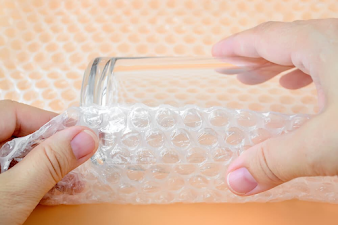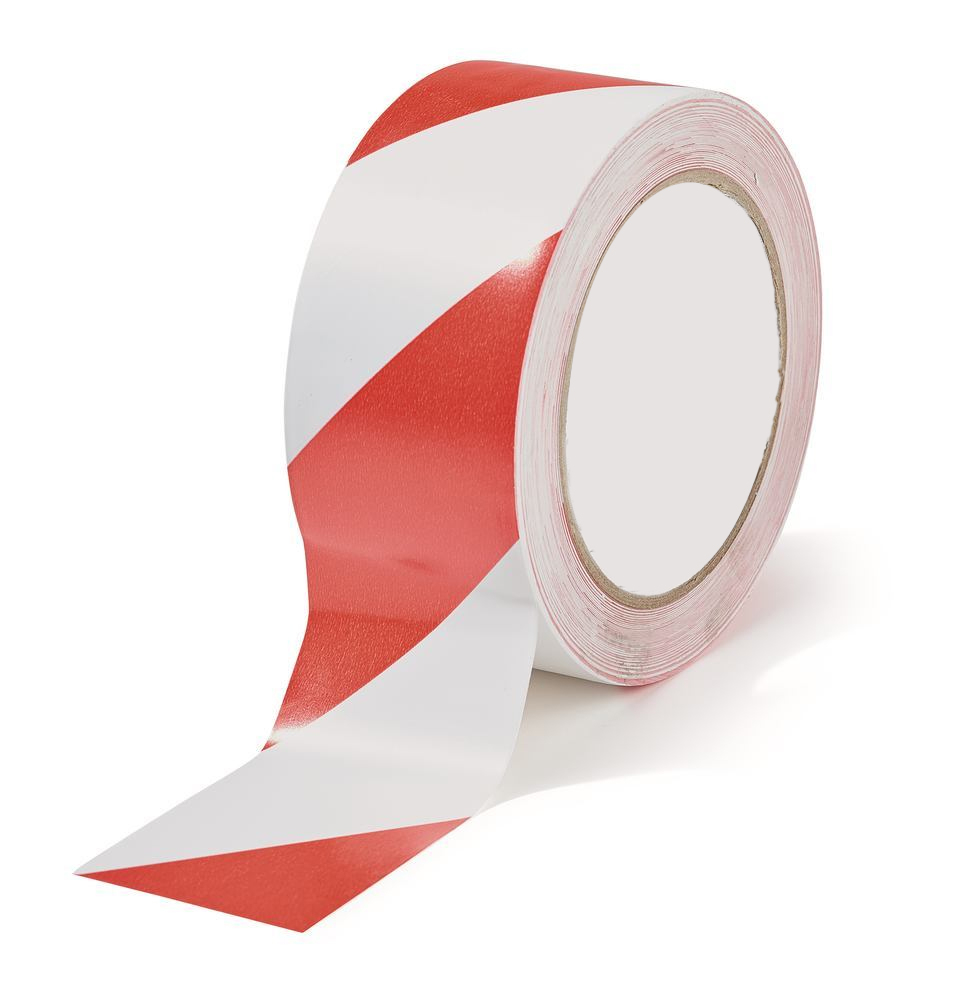All You Need to Know About Bubble Wraps
What is Bubble Wrap Made Of? Let's get to the real question. If you're asking this, you probably know what bubble wrap is made of: it's a sheet of plastic with air in between two layers that tends to bounce back when pushed. That was enough for generations of mail rooms and shipping departments to ignore its existence altogether. And if you're not interested in anything but the practicality of using bubble wrap for packaging goods, then that's okay! But, if you want to know what makes this packing material so special, we'll tell you why it works so well.
Bubble wrap is an unassuming, everyday product that serves a necessary, practical purpose. What I want to talk about today is the packaging of the bubble wrap itself.
So when you open a bag of bubble wrap, what do you get? Well, a plastic sheet that's scrunched up and then flattened out. If you look closely through the bubble wrap, you'll see air pockets—tiny little vacuums that allow you to fold the sheet around your package without having it burst. These air pockets also help protect delicate items during shipping, ensuring that they arrive at their intended destination with nary a nick, scratch, or broken appendage, whole and unharmed.
But not all bubble wrap is created equal. The makeup of the products you choose could have a marked impact on the safety of your shipped goods.
Advantages of Using Bubble Wrap for Packing
1. Bubble Wrap is The Best: And not just "good at its job" or "surprisingly useful"—it's literally the best thing ever. It saves lives, it saves money, and it saves goods from perilous transit.
If you haven't heard, bubble wrap is a shipper's best friend. It protects goods from impacts like the bottom of a box falling off the back of a truck or someone dropping your package on the ground by accident. Since its invention in 1957 (we're looking at you, Sealed Air Corp.), bubble wrap has helped to keep everything from electronics to fine china safe as they travel around the world.
But why is bubble wrap so good at its job? Turns out that those little bubbles of air are actually highly effective insulators against impact—they make an extremely flexible but strong cushion that can protect even delicate or breakable items during shipping.
That's right: bubble wrap is made up of millions of tiny balloons filled with air. And it's those millions of little balloons that help to keep your goods safe! So next time you open up a box and find a whole bunch of bubble wrap inside, don't get mad—get glad! Without it, you might have just discovered how much-broken glass sucks to the box.
2. Bubble Wrap is Reusable: When you're done with your bubble wrap, don't throw it away! This stuff can be reused so many times that even the most intense packer out there will have to try pretty hard to damage it. As long as you haven't popped more than about 50% of the bubbles, you're good to use your bubble wrap again and again until it's just a thin shell of its former self and can no longer protect your most valuable goods in transit.
This makes bubble wrap a much more Eco-friendly option compared to some types of packaging that are difficult to reuse, so if you care about the planet, this is the way to go. It can also offer significant potential cost savings—plus, if you're a business, it's great for companies that offer easy customer returns because it's easy to set up as part of a ready-to-go returns box.
If you want to have the best bubble wraps in Dubai, visit Zara tapes.



Comments
Post a Comment